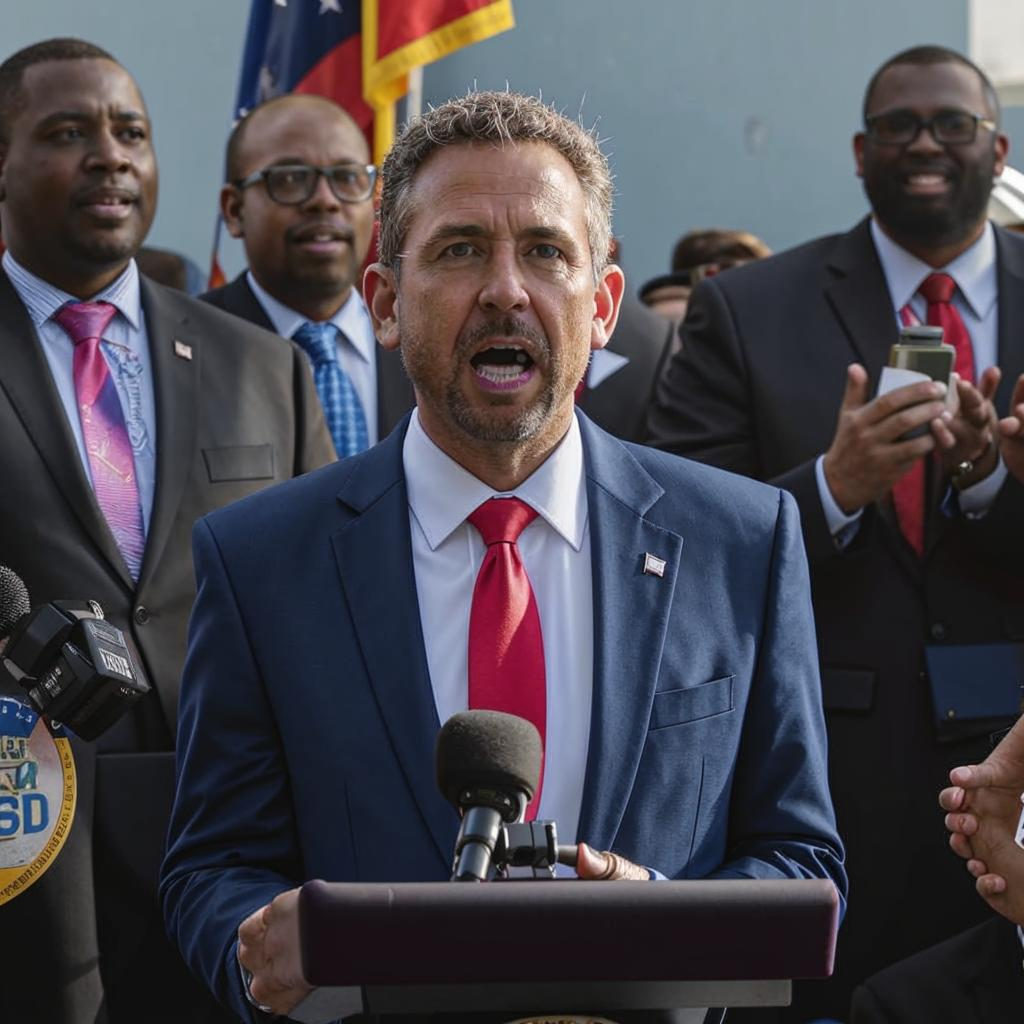The United States is once again grappling with the pervasive issue of gun violence. This year alone, the number of mass shootings has surpassed 100 incidents. This stark reality underscores the deeply entrenched problem that plagues communities across the nation.
Gun violence manifests in various forms, ranging from mass shootings that capture national attention to the daily occurrences of homicides, suicides, and accidental shootings. The consequences are devastating, leaving families shattered, communities traumatized, and a nation searching for solutions.
Several factors contribute to the persistence of gun violence in the US. Access to firearms, particularly high-powered weapons, is a central point of contention. Mental health issues, often compounded by a lack of adequate resources and support, also play a role. Socioeconomic disparities, exposure to violence, and the influence of media contribute to the complex web of causes.
Addressing gun violence requires a multi-faceted approach that tackles the root causes. This includes strengthening background checks, restricting access to certain types of firearms, investing in mental health services, promoting responsible gun ownership, and addressing socioeconomic inequalities. Community-based initiatives, violence prevention programs, and collaborative efforts between law enforcement, public health officials, and community leaders are crucial.
The debate surrounding gun control is often polarized, with passionate arguments on both sides. However, finding common ground and implementing evidence-based solutions is essential to reduce gun violence and create safer communities for all Americans. It will require compassion and an understanding of many different points of views from every angle. The issue is a sensitive one that must be approached carefully. The number of deaths continues to grow, and the need to do something to control it is imperative.











